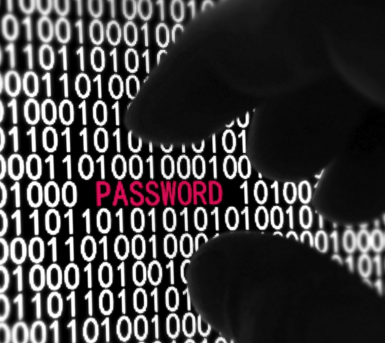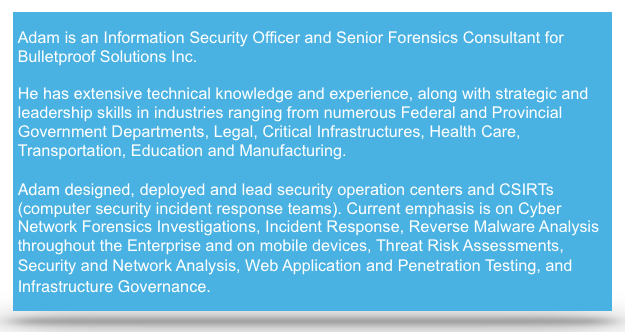Four Reasons You Should Have Cybersecurity Insurance
Do you have insurance on your house? Of course you do. So, the question is why wouldn’t you protect your business – your source of income – the same way you protect your home? Cybersecurity insurance won’t stop a breach. It will, however, help raise awareness and cover damages, should you be attacked.
Small or medium-sized business owners should check out these four reasons to have cybersecurity insurance.
GENERAL LIABILITY INSURANCE DOES NOT TYPICALLY COVER CYBERSECURITY ISSUES
Data breaches and other cybersecurity issues such as ransom are not typically covered in general liability insurance policies. It’s essential to understand what is, and what is not, covered in your policy.
COST OF A BREACH IS MORE THAN YOU THINK
The damage caused by a data breach will exceed the cost required to overhaul security procedures or replace lost or stolen laptops. Many business owners and managers fail to consider the costs over and above replacing tangible assets.
For example, the financial impact on corporate reputation could be devastating. Reputation costs range; it could be a few thousand dollars to build new processes and policies to reassure customers it won’t happen again. On a larger scale, it can result in stock prices dropping significantly. In worse case scenarios, approximately 60% of small businesses will cease operations within six months of a breach according to the U.S. National Cybersecurity Alliance.
A final cost consideration is the penalties rendered as a result of a data breach. Canada, like most jurisdictions, continues to modify its privacy regulations. It is anticipated that sometime this year, regulations requiring notifications of data breaches will be implemented in Canada. Fines of up to $100,000.00 could be issued.
YOU ARE STILL RESPONSIBLE FOR DATA PROTECTION EVEN IF YOU OUTSOURCE YOUR IT HOSTING OR USE THE CLOUD
Business owners and managers often fail to understand this important nuance. Just because you outsource IT, have another party host your data or use the cloud, does not remove your responsibility to protect personal data. You have collected the data, therefore, by law you hold the responsibility to protect it.
YOU PROBABLY DON’T HAVE A RISK MANAGEMENT TEAM
Risk management teams are reserved for larger organizations. They have bigger budgets and access to more resources for their overall operations. They look for, and assess, all types of risks, not just cybersecurity or data risks.
Smaller businesses have neither the budget nor the ability to have full-time risk management teams. Insurance providers typically have checklists or a minimum set of standards to follow for coverage. This is very similar to home insurance. If your insurance company recommends a new roof for example, and you don’t comply, don’t expect coverage if you have a major leak.
Cyber insurance is continuing to evolve as cybersecurity issues emerge. The one thing for sure, however, is that cybersecurity insurance can help protect your operation, your employees’ source of income and your client’s data.
Want to learn more about cybersecurity communications? Contact us at TaylorMade Solutions .
This blog post was previously posted on the CyberNB blog.





